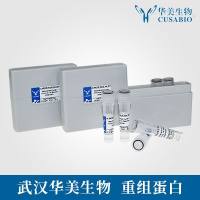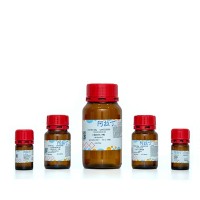The separation and determination of O -phosphoamino acids has been carried out by thin-layer chromatography (1 –8 , thin-layer electrophoresis (1 ,6 ,7 ,9 –14 ), gel electrophoresis (15 ), amino acid analyzer (16 –18 ), high-performance liquid chromatography (HPLC) (19 –33 ), capillary zone electrophoresis (CZE)(34 ,35 ) and immunoassay (36 –38 ). However, most of these methods require 32 P-labeling for detecting and quantifying O -phosphoamino acids, and therefore cannot be used for analysing nonradiolabeled O -phosphoamino acids in biological samples. Furthermore, some of them show poor resolution or low sensitivity. HPLC methods based on the precolumn ultraviolet (UV) derivatization with phenyl isothiocyanate (22 –24 ), dabsyl chloride (25 ), and N-α-(2,4-dinitro-5-fluorophenyl)-l-alaninamide (26 ), the postcolumn fluorescence derivatization with o -phthalaldehyde (27 –31 ), the precolumn fluores cence derivatization with 9-fluorenylmethyl chloroformate (32 ,33 ), and CZE methods based on the UV derivatization with phenyl isothiocyanate or dabsyl chloride (34 ,35 ) were highly sensitive, but some of these methods lack specificity. Furthermore, many of these methods require lengthy separation time, and clean-up of the sample to remove the excess reagent and coexisting substances. On the other hand, the immunoassays by antibodies raised against each O -phosphoamino acid have been employed for measuring endogeneously phos-phorylated amino acids, but these methods involve some problems in the specificity and crossreactivity of the antibodies. Current methods for the determination of O -phosphoamino acids have also been described in detail in ref. 39 , and the review in ref. 40 .






